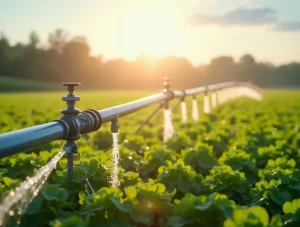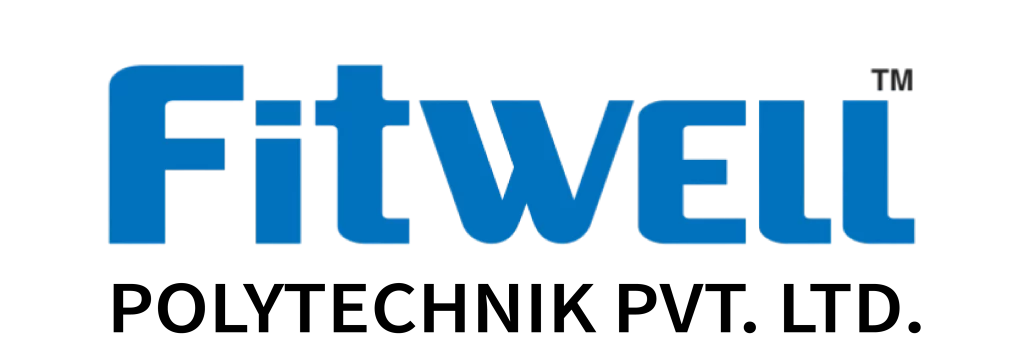A Comprehensive Guide to CPVC Fittings, Pipe Fitters, and Joining Techniques
What Is a Piping Fitter?
Roles and Responsibilities of a Piping Fitter
A piping fitter specializes in installing, assembling, and maintaining piping systems. They work across industries like plumbing, HVAC, and manufacturing. Their primary responsibility is to ensure that pipes and fittings are securely joined, leak-free, and functional. This involves reading blueprints, calculating dimensions, and testing systems for efficiency.
Skills and Tools Used by Pipe Fitters
Pipe fitters use various tools, including pipe wrenches, cutters, threading machines, and welding equipment. These tools are essential for tasks like cutting, joining, and sealing pipes. Advanced skills, such as blueprint interpretation and material selection, are also vital for their role.
What Is the Full Form of Fitter?
Explanation and Origins of “Fitter”
The term “fitter” stands for Fabrication, Installation, Testing, and Repair. This acronym encapsulates the responsibilities involved in fitting pipes and systems.
Applications of the Term in Modern Industries
Fitters play a critical role in sectors such as construction, plumbing, and mechanical engineering. Their expertise ensures that systems operate safely and efficiently.
How Long Is the Pipe Fitter Course?
Typical Duration of Pipe Fitter Training Programs
Training programs for pipe fitters vary in duration. Short-term certifications typically last 3-6 months, covering the basics of pipe fitting, while comprehensive programs can span 1-2 years.
Cross fittings are designed to connect four pipes at a single junction. Each branch meets at 90-degree angles, making it perfect for complex plumbing systems like irrigation networks.
Skills Learned During the Course
- Irrigation and Sprinkler Systems: Cross fittings enable efficient water distribution.
- Complex Plumbing Networks: Ideal for systems requiring multiple inputs and outputs.
How Many Types of Fits Are There?
Overview of Mechanical Fits
A dual plumbing system separates potable and non-potable water supply lines, improving water efficiency. Potable water is used for drinking and cooking, while non-potable water is allocated for irrigation and flushing.
Applications of Different Types of Fits
Clearance fits are used in systems requiring flexibility, while interference fits are preferred in high-pressure applications like industrial pipelines.
How Many Types of Fitters Are There?
Categories of Fitters
Fitters are classified based on their area of expertise:
- Pipe Fitters: Focus on plumbing and piping systems.
- Mechanical Fitters: Specialize in assembling machinery.
Specialized Roles Within Fitting Occupations
Specialized roles include steam fitters for high-pressure systems and gas fitters for fuel pipelines.
What Are the List of Pipe Connectors?
Common Connectors
- Couplings: Join two pipes of the same diameter.
- Elbows: Allow directional changes.
- Adapters: Connect different pipe sizes or materials.
Specialty Connectors for Industrial Applications
Industrial connectors, such as flanges and unions, provide secure, high-strength connections suitable for heavy-duty pipelines.
How Are CPVC Pipes Joined?
Solvent Cement Method
This method involves cleaning pipe ends, applying primer and solvent cement, and securing the joint.
Threaded Connections
Threaded fittings are used for temporary connections or systems requiring frequent disassembly.
Manufacturing Process of CPVC Piping Systems
Conclusion
Understanding CPVC fittings, the role of pipe fitters, and the various types of fittings is essential for creating efficient and durable piping systems. From residential plumbing to industrial pipelines, selecting the right materials and techniques ensures long-term reliability and safety. By adhering to industry standards and leveraging the expertise of professionals, you can optimize your piping systems for any application.
Frequently asked questions
Here are answers to some frequently asked questions about Fitwell's plumbing services.
CPVC fittings are made from chlorinated polyvinyl chloride, a durable and heat-resistant thermoplastic.
They are typically joined using solvent cement, which creates a leak-proof chemical bond.
SDR11 pipes are stronger and designed for high-pressure systems, while SDR13 pipes are suited for low-pressure applications.
No, CPVC fittings are designed for higher temperature tolerance and should not be used with PVC pipes.
The standard size ranges from 1/2” to 1” in residential plumbing systems.
Stay on the forefront of industry trends by checking out our latest content
Stay ahead with our latest content, designed to keep you informed on the newest industry trends and insights. Discover valuable updates that help you lead in your field.

Trusted uPVC Pipes Manufacturers for India’s Top Contractors
Introduction: The Surge in Demand for uPVC Pipes Among Top Contractors in India The construction and infrastructure sectors in India have witnessed a significant transition toward sustainable and long-lasting materials.

Top Innovations in Agricultural Pipe Fittings for Water Savings [2025]
Introduction to Agricultural Pipe Fittings and Water Sustainability Agricultural pipe fittings play a pivotal role in building efficient irrigation systems, crucial for modern farming practices. By exploring the versatility of

Expeart Tips from MDPE Pipe Fittings Manufacturers to Avoid Failures
Expeart Tips from MDPE Pipe Fittings Manufacturers to Avoid Failures Understanding MDPE Pipe Fittings: An Overview MDPE (Medium Density Polyethylene) fittings, used extensively in gas and water systems, offer strong,
Request a Free Consultation
Get personalized plumbing solutions with a free consultation from Fitwell.

